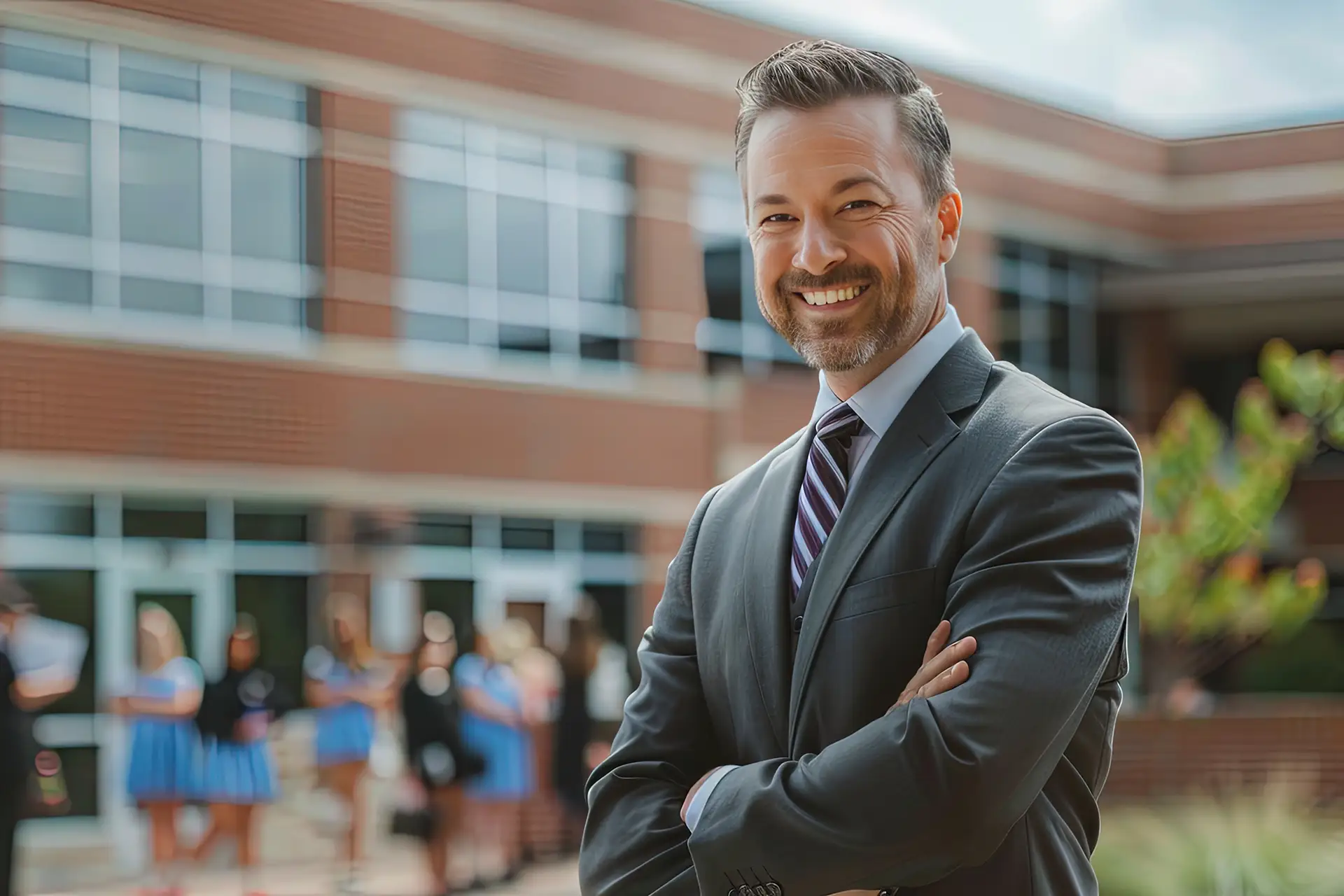New York State continues to invest in Universal Pre-Kindergarten (UPK) programs with the passing of the 2025-26 Enacted State Budget. Let’s take a look at the current state of UPK in New York as well as the latest efforts to increase access to affordable early childhood education for families across the state.
Universal Pre-Kindergarten in New York is a state and federally funded prekindergarten program offered to families at zero cost. UPK programs are offered in both district classrooms and partnering Community-Based Organizations. Eligibility for the program is based on a child’s age and residency. UPK is primarily available to four-year-olds, but some districts offer programs for three-year-olds as well. UPK was first introduced in New York State in 1998. Since then, the program has expanded to over 650 school districts across the state (as of 2024). According to NYSED, participation in UPK has been connected with higher rates of high school graduation and college attendance, as well as increased earning potential for students.
The program is not without its shortcomings, however. Accessibility has long been an issue—the program is not currently available in all New York State school districts, leaving many families without access to affordable prekindergarten options. Even in districts where UPK does exist, participation is awarded based on a randomized lottery system, again excluding many families from the program’s benefits. According to the Association of School Business Officials (ASBO), other challenges surrounding the state’s UPK programs have included a lack of funding for certified teaching professionals, facility issues, insufficient quality standards, and a lack of programs for 3-year-olds, among other concerns.
Over the last several years, the State has continued to direct efforts towards addressing these challenges and expanding accessibility to Universal Pre-K programs. Funding for UPK programs has expanded significantly in recent years, with New York State currently allotting $1.2 billion annually in state and federal funds for Universal Pre-K. Access and enrollment in programs across the state have grown over the last decade, but according to the Fiscal Policy Institute, coverage still falls short. NYSED states that during the 2023-24 school year, 119,000 four-year-old students were enrolled in state-administered prekindergarten programs, compared to 115,000 ten years prior. So while access to state-funded programs has expanded to more families throughout the state, the reality of “universal” preschool in New York has yet to be realized.
The Enacted State Budget for Fiscal Year 2025-26 (passed in early May) does not include any changes to prekindergarten funding for the 2025–2026 school year. This overview from the State Education Department provides information for school districts about current funding sources to help guide the implementation of prekindergarten programs. For more information about funding, school districts can contact the Office of Early Learning at (518) 474-5807 or OEL@nysed.gov. And as always, for all your district’s accounting, tax, audit, and advisory needs, you can depend on RBT CPAs. For more information on our services, contact us today. We’d love the opportunity to show you how we can be Remarkably Better Together.










